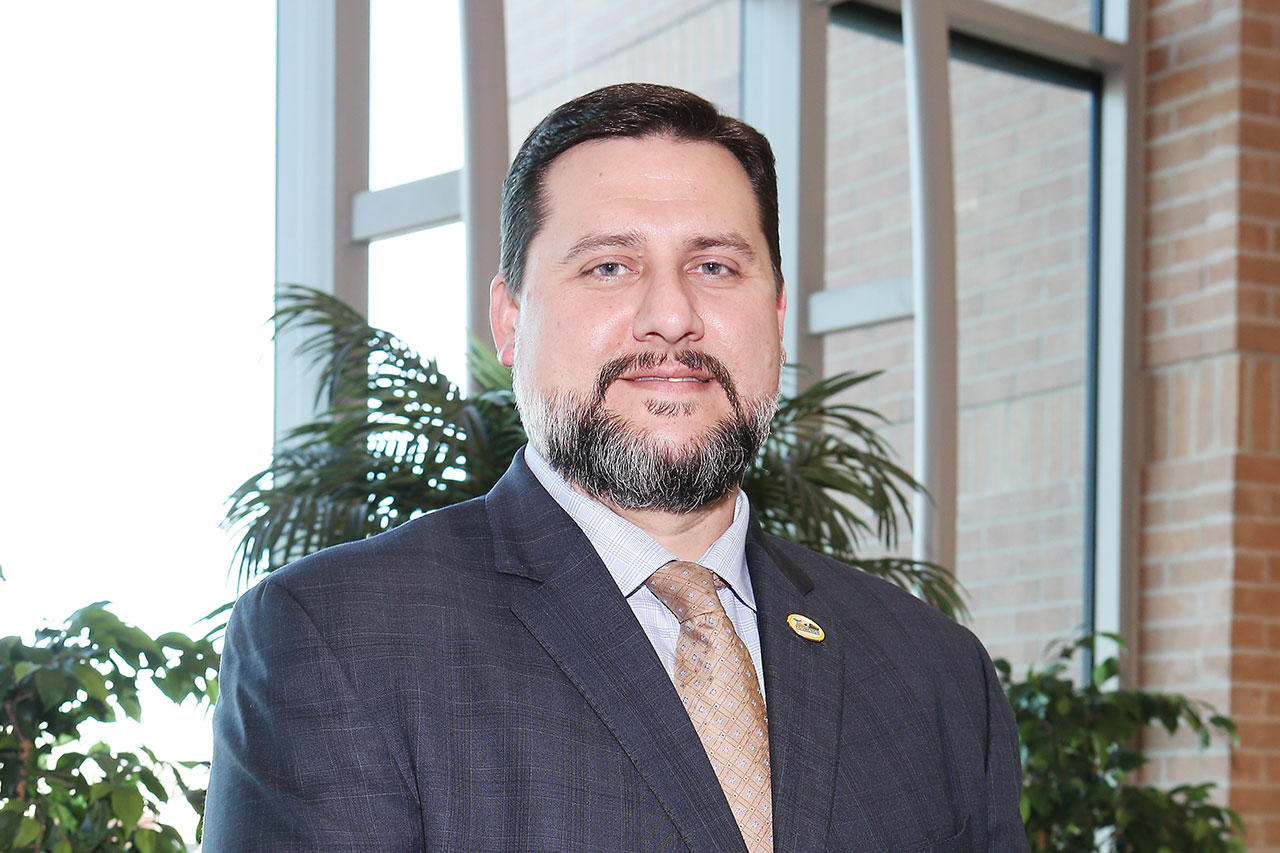
Chett Chiasson | Executive Director, Port Fourchon
September 18, 2019
Main Iron Works Producing Tier-IV Compliant Tractor Tug
September 18, 2019We often take for granted our ability to stay connected on land through LTE. As offshore workers and even fishermen know, connectivity has long been limited or non-existent in our heavily traveled area offshore in the Gulf of Mexico.
In July, T-Mobile announced they were indeed the first major wireless provider to provide the Gulf of Mexico with LTE, connecting offshore workers, vessels and critical infrastructure in an area larger than the state of Florida. This more than 60,000 square mile expansion of T-Mobile’s nationwide LTE network lays the foundation for 5G in the Gulf of Mexico.
“We’re putting an end to the pain that businesses and consumers in the Gulf have felt for years with limited connectivity – and in some cases, none at all,” said Neville Ray, Chief Technology Officer at T-Mobile, in a recent press release. “We already cover 99 percent of Americans with an advanced LTE network, and we cover places no one else does – like the soldiers, families and civilians at Naval Station Guantanamo Bay in Cuba. Now, T-Mobile has you covered, even in the Gulf, and of course…we won’t stop!”
Working with RigNet, Inc., a global provider of secure, intelligent networking solutions, T-Mobile is leading the way for communication over the water. The telecommunications provider has plans to continue to bring the Gulf online in the future, at speeds necessary to conduct business just as if on land.
T-Mobile used 5G-ready equipment to set up LTE in the Gulf, so offshore consumers and businesses will have access to the next generation of wireless technology in the future. With the arrival of 5G, consumers will have access to faster wireless speeds to help move massive amounts of data, lower latency for ultra-responsive networks, decade-long battery life for Internet of Things (IoT) applications and the ability to support exponentially more connections per cell site.
The LTE coverage, which leverages T-Mobile’s 600 MHz and RigNet’s 700 MHz spectrum, provides a significantly enhanced experience for customers using RigNet’s current Gulf of Mexico digital microwave infrastructure. The partnership also enables businesses to connect critical infrastructure with IoT technology and monitor remote equipment in real time for increased productivity and safety.
Unmanned Aviation System (UAS) drones are becoming more and more common in the oil and gas industry. They hold a variety of purposes offshore, including hauling supplies to and from the rig and/or serving as safety check or quality-control equipment.
At a recent stop at Fletcher Technical Community College, U.S. Senator Bill Cassidy spoke about the importance for telecommunications throughout the Gulf of Mexico, as it relates to UAS drones.
“If you had a drone program that wanted to deliver goods out to a rig, once you were over the horizon, you lost internet service,” shared Cassidy. “Now with internet service over the Gulf, it allows for guidance for that drone. You can now deliver medicine or other goods to remote areas. And our region is moving forward with programs to train these pilots to seamlessly connect businesses, no matter where they are working.”
The Houma-Terrebonne Airport is growing quickly toward its goal of establishing a UAS facility on its grounds. The United States Department of Commerce announced in mid-June that it was investing $1.3 million in the local airport to help the UAS facility become reality. Those monies will be matched with $337,500 in local funds to allow the airport to make infrastructure improvements needed to establish the UAS facility, which is expected to create 150 local jobs, retain 70 others — all while generating more than $50 million in private investment.
The project, when complete, will establish UAS operations at the Houma-Terrebonne Airport, which will accelerate technology techniques and procedures for the entire UAS industry. By having the UAS facility, the local airport will be able to rise to the forefront on the quickly growing technology.
Fletcher Technical Community College will also be a large part of this expansion. The university announced after the grant was awarded that it has agreed to a partnership with the local airport to train avionics, sensor and logistics technicians, along with airframe, power plant and ground equipment mechanics.
Officials with both Fletcher and the airport say that the ability to train workers right here at home is an asset that will ensure that our area produces graduates who study locally, but then also stay and start families locally — an economic boost.
Fletcher’s initial role in the partnership will be training individuals in small UAS applications. Training will initially focus primarily on FAA part 107 training — a certification that provides individuals
with the foundation they need to start their careers in the commercial use of UAS equipment. •








